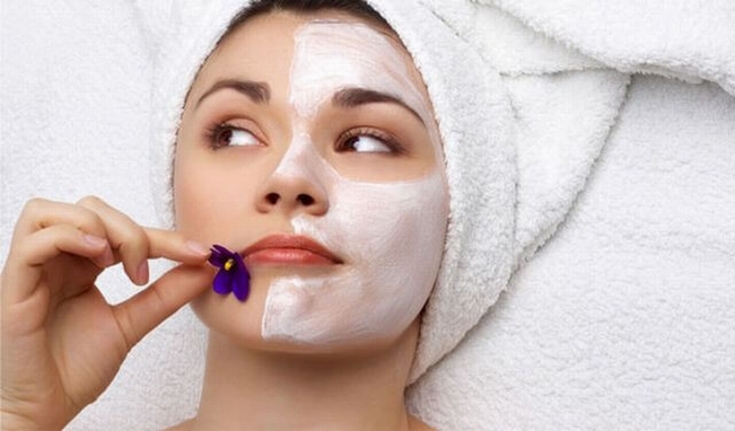Modern aesthetic medicine has a rich arsenal of various methods of healing and skin rejuvenation. One of the most popular cosmetic procedures today is peeling (from the English "peeling" - to remove the husk). The essence of this technique is to remove the upper keratinized layer of the skin by exposure to abrasive, ultrasonic, laser or chemical agents. There are many types of peeling, which are classified according to the depth of impact and the mechanism of influence on the skin.
Enzymatic Peeling – This is a type of superficial peeling, in which enzymes are used as active ingredients. Today, this technique is one of the most popular cosmetic procedures among women around the world. For more information about the enzymes used in enzyme peeling, its mechanisms of action, as well as what contraindications there are to the use of this procedure, read on estet-portal.com in this article.
Which groups of enzymes are used in the procedure of enzyme peeling
Enzymatic peeling is a variation of chemical peeling. As their name suggests, the main active ingredients of this technique are enzymes.
Enzymes – these are substances of organic origin that have a protein structure and are able to catalyze chemical reactions.
In the procedure of enzyme peeling, the following groups of enzymes are used:
1. Proteases – enzymes that cleave the peptide bond between amino acids;
2. Carbohydrases – enzymes of the group of glycosidases that break glycosidic bonds between molecules of oligo- and polysaccharides;
3. Lipases – enzymes that promote the breakdown of lipid compounds by stimulating the hydrolysis of ester-lipid substrates.
The chemical action of these enzymes leads to the removal of protein impurities, horny scales, as well as secretion products of the sebaceous and sweat glands from the surface layers of the skin.
Follow us on Telegram.
How does an enzyme peel promote the activation of skin regeneration
The stratum corneum of the epidermis contains natural enzymes that contribute to its renewal processes. The impact of adverse environmental factors, improper skin care, as well as its physiological aging are the reasons for the decrease in enzyme activity. This leads to a slowdown in the regeneration of the epidermis, its thickening, and the accumulation of ballast protein, lipid and carbohydrate substances. In turn, the action of enzyme peeling is aimed at splitting the structural bonds of desmosomes between corneocytes - nuclear-free cells of the stratum corneum of the epidermis.
In addition, proteases contribute to the breakdown of the keratin protein – the main structural component of corneocytes. Thus, breaking the bonds between corneocytes leads to exfoliation of the horny scales of the surface layer of the epidermis.
This results in:
1. activation of the basal cells of the germinal layer of the epidermis;
2. fibroblast stimulation;
3. activation of skin regeneration processes in the future;
Thus, enzyme peeling not only cleanses the skin of surface impurities and horny scales, but also stimulates its rejuvenation processes.

What are the contraindications to the use of enzyme peeling
Enzymatic peeling acts only at the level of the stratum corneum of the epidermis. Enzymes cannot penetrate deeper due to their charge and molecular size.
Enzymatic peeling is not only effective, but also atraumatic cosmetic procedure.
Due to the enzymatic removal of protein impurities, sebum and horny scales, the skin is cleansed, "polished", acquires a healthy and radiant appearance. Enzyme peeling can be used both at a young and more mature age, regardless of the time of year. This treatment is suitable for all skin types, including sensitive and prone to hyperpigmentation. Contraindications to the use of enzyme peeling are hypersensitivity to the components of the drugs used, photodermatosis, dermatological diseases in the acute stage.
In addition, enzyme peels should not be used in patients who have diabetes. Thank you for staying with estet-portal.com. Read other interesting articles in the "Cosmetology" section. You may also be interested in: Biological peeling: types of procedures and its possibilities







Add a comment